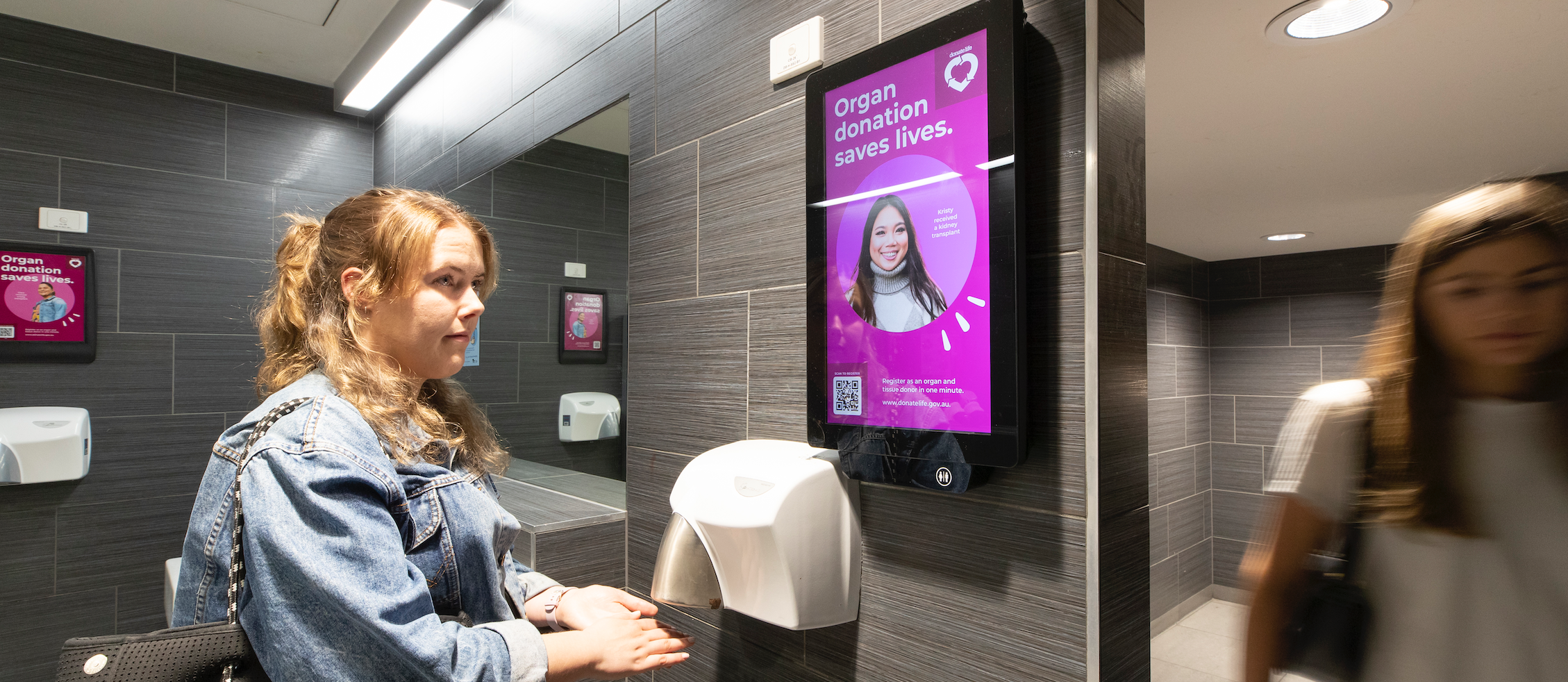

Supporting road safety in 2024, after the deadliest year on Australia’s roads in 5 years
Up by 7.3% since 2022, we lost 1,266 people on our roads in 2023. Below is a summary of the statistics released by the Australian Government Department of Infrastructure, Transport, Regional Development, Communications and the Arts’ report ‘Road Deaths Australia, December 2023’.
<40kmph speed zones experienced a 62% increase in road deaths in 2023
Even though the death toll is lowest in speed zones <40kmph, fatal accidents increased by 62% in 2023 v 2022 (34 v 21). On average, this number has been increasing by 12% per year for the last 5 years.
The second highest 12-month increase was 21% within the 50kmph speed zone category, with 142 deaths compared to 117 in 2022.
In contrast, the deadliest category, the 100kmph speed zone, was actually at its lowest in 5 years in 2023, and 7% lower than 2022 (313 v 337). Out of 1,266 deaths on our roads last year, this category makes up 26.6%.
Senior drivers have been averaging a 10% yearly increase in road deaths since 2019
In just 12 months, drivers aged 65-74 have experienced a 19% increase in deadly road accidents (138 in 2023 v 116 in 2022, an increase of 22 deaths).
The worst performing age group, 40-64, similarly experienced an increase of 19 deaths in 2022 v 2023 (368 v 387), however, as the number of deaths is so much higher in this category, this increase only represented 5%.
Out of a total of 1,266 deaths on our roads last year, 40-64 year olds made up 30.5%.
Males were 3x as likely to die on Australian roads last year compared to females
Since 2019, 1,469 females have died on Australian roads, compared to 4,377 males. On average, the death toll for both genders has increased by 2% per year for the last 5 years, however in numbers, that disproportionately represents an extra 6 females and 19 males annually.
Males disproportionately accounted for 75.5% of deaths on Australian roads last year.
March: The deadliest month on the roads over the last 6 years
With 635 deaths in March over the last 6 years being higher than the 628 in December, and with Easter falling between 1 April and 21 April during these years (April having the 2nd lowest road toll out of the 12 months), we must question why March has proven to be the deadliest month on our roads.
Following closely as the 3rd most deadly month over the last 6 years, is September, which completes the trio of months with road death tolls higher than 600 in 6 years.
NSW, Vic and SA experience the most severe 12-month increases
Between 2022 and 2023, NSW, Vic and SA saw increases in their road toll by 24.9%, 22.5% and 64.8% respectively.
To put these statistics into perspective, per 100,000 population, 4.2 people were lost on NSW roads in 2023, and 6.3 were lost on SA roads, however, due to differences in population size, the NSW road toll tripled SA's (351 v 117).
30% of fatal crashes are attributed to drink-driving
According to the Centre for Accident Research & Road Safety, casualty crash risk doubles when driving with a blood alcohol level >0.05, and the risk of involvement in a fatal crash increases even more sharply.
Drink driving is the number one contributing factor in approximately 30% of fatal crashes in Australia, and over 1 in 4 drivers and riders killed on Australian roads have a BAC exceeding the legal limit.
The data is clear: reaching specific groups is critical
It’s clear from these findings that particular demographics are more prone than others to become an unwanted statistic on our roads. Additionally, we know the time(s) of the year and geographical locations where these people are at the highest risk.
For example, males alone formed three quarters of our road toll in 2023, and with 30% of fatal crashes in Australia attributed to drink driving, how do we reach these men when they need to see a safe driving messaging the most, before stepping behind the wheel?
Maximising the effectiveness of road safety campaigns
Successful public behaviour change campaigns require the right message to reach the right audience, at the right time.
With over 2,000 pubs, clubs and bars in the Convenience Advertising network, we've been delivering behaviour change campaigns to people at their 'point of risk' for the last decade and beyond.
Road safety messaging across Australia
We’re incredibly proud that Convenience Advertising’s bathroom media channel has formed a key component of road safety campaigns with Transport for NSW for the last 10 years, and the Transport Accident Commission (TAC) in Victoria for the last 6 years, as well as government road safety campaigns in Queensland, Tasmania, SA, WA and the NT.
Whether the focus is drink driving, drug driving, drowsy drivers, pedestrian safety, motorcycle protective clothing, speeding or vehicle safety, the Convenience Advertising network of 3,200 bathrooms in pubs, clubs, bars, shopping centres, universities, TAFEs, airports and more has provided a powerful medium for promoting life-saving road safety messages the length and breadth of Australia.
The magic ingredient: reaching people at the ‘point of risk and engagement’
For road safety campaigns specifically focused on drink or drug driving, the ability to reach the intended audience at their point or locus of risk (the time and place when the person is about to make a potentially risky behaviour choice) is critical.
This impact is then supercharged by the ability of bathroom media to command audience attention. Indeed, latest research from the Advertising Council of Australia shows high attention media channels can increase the effectiveness of strong creative by up to 75%.
With the average bathroom visit lasting 2 minutes, and campaign messaging placed directly in the natural line of sight in a private, uncluttered environment, the bathroom media channel remains an extremely powerful platform for road safety behaviour change campaigns.
TAC's ‘If you drink, don’t drive’ campaign
In November 2023, going into the Christmas-New Year holiday period, we joined forces with 200 pubs, bars and nightclubs across Victoria to support the TAC’s latest campaign. The in-venue portion of the campaign includes our bathroom media alongside the placement of bar coasters that seek to engage patrons socially as they enjoy a drink.
Latest TAC Road Safety Monitor data reveals that a concerning 48% of Victorians would still consider driving after two or more alcoholic drinks.
Created in partnership with road safety partners and Victoria Police, the impactful campaign challenges key myths about the speed at which people drink, how many standard drinks are appropriate per hour, if people have had enough water, how much people have eaten and even body size. There are many factors that can contribute to a person’s BAC readings and the only fail-safe way to avoid driving while over the legal limit, is to completely separate the two behaviours - if you drink, don't drive.
TAC’s messaging during the Melbourne Comedy Festival
Earlier in 2023, Convenience Advertising ran a bespoke campaign with the TAC, using humour to engage audiences at the Melbourne International Comedy Festival with their pedestrian safety campaign.
Testimonial from TAC
– Nardia Brancatisano, Team Manager, Marketing – Community Division, TAC
Find out more about bathroom advertising
To learn more about how Convenience Advertising can supercharge the effectiveness of your OOH and broader advertising strategy, get in touch.
More insights:
 In 2023, there were 252,296 notifications of lab-confirmed influenza.Read more
In 2023, there were 252,296 notifications of lab-confirmed influenza.Read more
The state of sexual health in Australia
"Any rise in STIs is bad news, but rising STIs against a backdrop of decreased testing, is particularly concerning"Read more
How to harness data & active attention to drive ad recall & behaviour change
Q&A with Anna Validas, CEO of Convenience AdvertisingRead more
